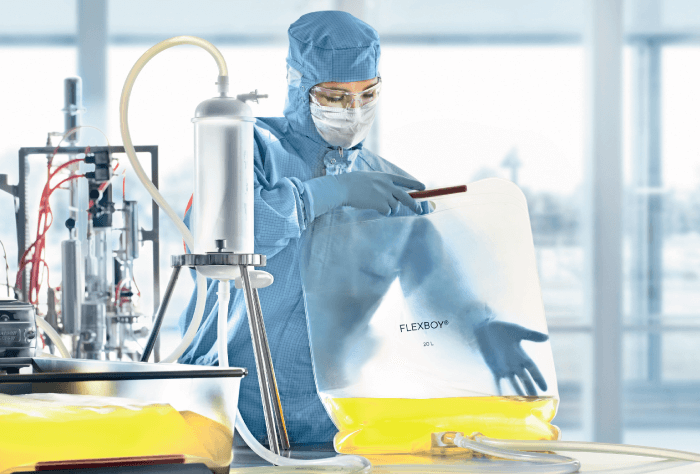For COVID-19, we do not yet know which pricing tiers or strategies will be adopted. What we do know is that, generally speaking, many factors influence a vaccine’s final price tag. Key questions include: Which country is the primary target for the vaccine? What value will the vaccine add to the healthcare system? How effective is the vaccine? And, of course, how expensive is the vaccine to develop and manufacture? A vaccine that is expensive to make will typically have a much higher price tag.
Vaccine manufacture requires a number of unit operations, a specialized workforce, dedicated manufacturing space, and the vaccine must be extensively tested for quality control. Fill-finish operations are also very expensive – particularly when using pre-filled syringes (note that some COVID-19 vaccine developers are considering multidose vials to help cut down on costs).
A good chunk of the costs are modality agnostic; whatever the vaccine platform, the developer will need to conduct large clinical trials (at least 30,000 participants for phase III), quality assurance, and fill-finish activities. However, some costs do relate to the modality and complexity of the manufacturing process. The production of viruses or recombinant proteins is expensive, as it relies on cell culture or fermentation steps, followed by a complex downstream process. And that’s one reason why there is growing industry interest in newer platform modalities, such as mRNA, which can be manufactured using cell-free (and thus simpler) processes.
Different modalities also have different manufacturing yields and therapeutic dose requirements. Most of the current COVID-19 vaccines in development are expected to require two therapeutic doses in a “prime and boost” regime. It is important to align the manufacturing process to the dose requirements; cost analyses show a strong relationship between cost per dose and cost of goods, influenced by productivity, final yield, and therapeutic dose. Put more simply, if the selected vaccine platform requires a high therapeutic dose, but the productivity of the vaccine manufacturing process is low, then the overall cost per dose will be very high.
The therapeutic dose can potentially be minimized – and therefore costs saved – by changing the drug delivery method. Syringe and needle are standard, but can be an expensive part of the value chain. What about mucosal delivery (nasal spray) or transdermal (skin patch) options? Both have the potential to reduce the therapeutic dose.
Fixed costs can also be reduced by using single-use technologies, which shifts capital expenditure into operating expenditure, while also simplifying validation and cleaning, and helping to reduce the potential for cross contamination.
Moreover, manufacturing platforms such as mRNA or viral vectors can ultimately be used to develop different vaccines, which means the development costs of the platform can be shared across multiple products. This is important because, beyond COVID-19, the success rate for vaccine development is generally low, which means that one successful vaccine has to not only cover its own development costs, but also the costs of development for all of the previous vaccines that have failed. This is why vaccines can come with high price tags.
Finally, let’s remember that quality is not always the enemy of cost; many elements that contribute to a good manufacturing process can actually result in savings. For example, focusing on process optimization and increased process understanding can reduce batch failure rate – saving costs.
For patient access and return on investment, it’s great to consider the options and proactively drive down costs, but we must not sacrifice safety or speed in the process.


